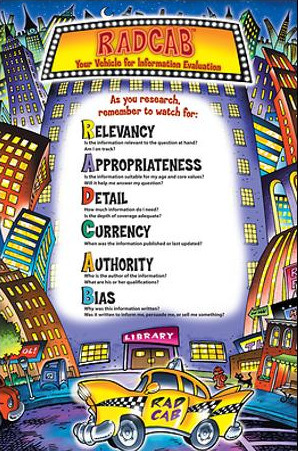"Stories have captivated us as a species since the dawn of man. Through stories, we have passed on traditions, remembered the past, and carried information across the millennia.
And it's not just our ancestors who harnessed the power of stories, either. Stories still work to reach people, which is why we see businesses turning to the power of storytelling in branding efforts, marketing campaigns, corporate strategies, and even eLearning courses and business presentations."



 Your new post is loading...
Your new post is loading...











Everybody likes a good story.
Once upon a time... Narratives are a great way to get information across.
Do you work with older students? Then you will enjoy this article about storytelling in learning. Great for introducing studnets to the need to structure online presentations as well as traditional, writing tasks.
Reading a good online presentation (from TED maybe) and then asking students to map the presentation to the story outline in this article will reinforce this learning for them.
Let me know if you give this a go - I've done similar activities with videos and story structures in primary schools and the students loved investigating the hidden structure!